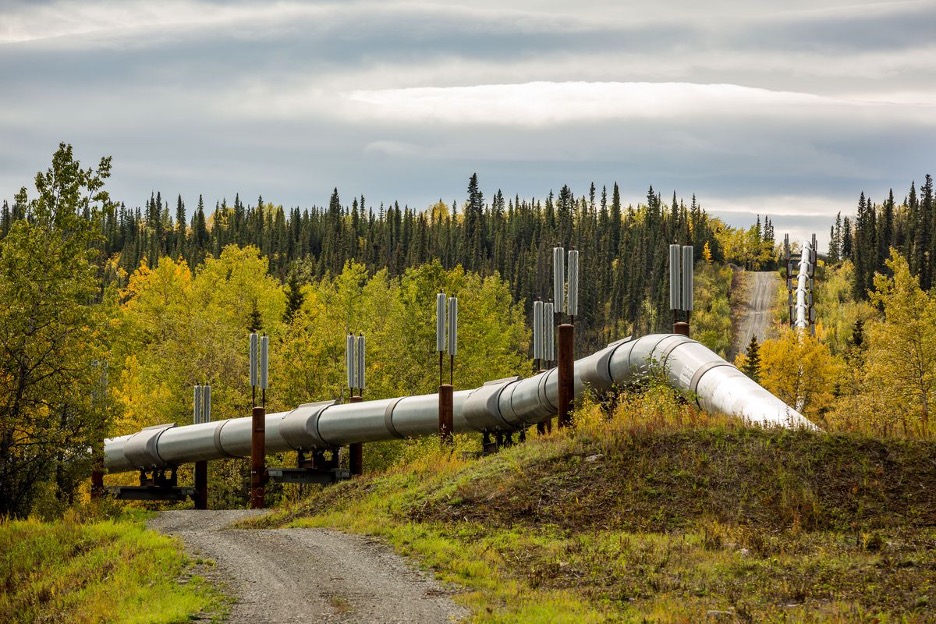By Jim Calvin

Oil prices have plunged in the past few weeks, a result of global market forces and COVID-19. With jobs and government revenue sure to be affected, it is useful to consider how a drop in oil prices played out in Alaska before.
McDowell Group recently completed a comprehensive analysis of the oil and gas industry’s role in Alaska’s economy. For many years, we have tracked jobs and wages associated with industry spending and payments to government. This analysis was different, coming on the heels of a recession in Alaska driven mainly by a sharp drop in oil prices and revenues. Oil prices started sliding in late 2014, falling from $110 per barrel to $30 per barrel by 2016. Oil and gas industry spending and employment sank, as did tax and royalty revenue to the state of Alaska. All told, Alaska lost 12,000 jobs before emerging from recession in 2019. Like Alaska’s economy, the oil and gas industry is again on the rise, adding 500 jobs in 2019.
Though the oil and gas industry downsized during the recession — nationally and in Alaska — it remains a critical component of the Alaska economy. Oil industry spending supported 41,800 jobs and $3.1 billion in wages in 2018, including all multiplier effects. This tally of employment does not include nonresidents employed by the oil and gas industry in Alaska. The 17 companies that produce, transport, and refine oil and gas are the heart of Alaska’s oil industry, spending $4.4 billion in Alaska in 2018. In all, 84% of these companies’ employees are Alaska residents, earning 83% of oil industry wages paid in Alaska.
The industry also paid $3.1 billion in taxes and royalties to state and local governments in 2018. As government uses oil-related taxes and royalties to fund operations, programs and capital projects, thousands of public and private sector jobs are created. Government spending of oil-related taxes and royalties accounted for an additional 29,300 jobs and $1.5 billion in wages in Alaska. The Permanent Fund, and the dividends it generates for Alaskans, is a legacy economic impact of the oil and gas industry. PFD spending in Alaska supports 6,500 jobs and $260 million in annual wages.
All told, including jobs related to private sector spending and payments to government, the oil and gas industry accounted for 77,600 jobs and $4.8 billion in wages — 24% of all wage and salary jobs and 27% of all wages in Alaska in 2018. For each job with Alaska’s 17 oil and gas producers, pipeline companies and refineries, there are 15 additional jobs in the Alaska economy connected to the oil and gas industry. No other industry in Alaska can match the employment footprint of the oil and gas industry.
Alaska oil production has been declining steadily since 1988, when we produced 25% of all U.S. oil. Now Alaska accounts for 4% of domestic U.S. production, and just a small fraction — 0.6% — of global production. While U.S. oil production outside Alaska grew 143% between 2008 and 2018 — largely due to rapid growth in North Dakota, Colorado, Texas, New Mexico, and Oklahoma — Alaska production declined 30%.
Recent history has proven that a healthy oil and gas industry is essential to Alaska’s economic well-being. That fact, coupled with our much-diminished role as an oil producer and another severe drop in oil price, underscores the importance of keeping Alaska an attractive and competitive place for oil industry investment.
Jim Calvin is McDowell Group’s senior vice president and senior economist. McDowell Group is Alaska’s oldest and largest full-service research and consulting firm.
